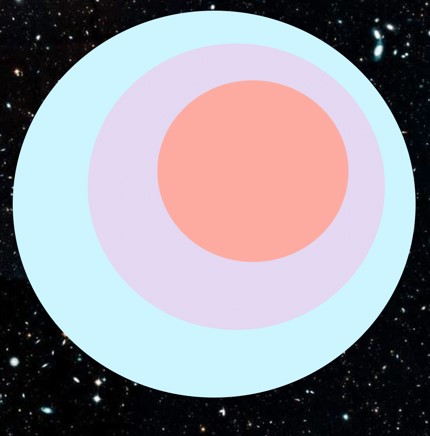Towards an OK Change Model
Now, more than ever, the pace of change is accelerating and, even if we haven’t realized it yet, the future is already here. In OK we approach change with a holistic vision, which allows us to take into consideration the multitude of variables that come into play when we want to start a new path of transformation.
Why change is no longer a choice?
Why is change often perceived as uncomfortable or it even scares us? Because it is uncertain, it’s impossible to predict its results and consequences. The resistances that emerge in the process of change are therefore often numerous and well anchored.
So change is no longer a choice, but a necessity. The healthcare emergency of Covid-19 has taught us this, where the urgency and seriousness of the moment made many organizational innovations necessary and have accelerated a digital revolution expected for years, but which was struggling to get started.
In an economic, social, political and historical scenario such as the current one which is evolving rapidly and unpredictably, the ability of organizations – and consequently of their people – to change becomes a resolutive and decisive competence.
The starting point: questioning what is known.
In today’s contexts, companies have to face the difficult challenge of making organizations “future-proof”. But nowadays organizations have the opportunity to really change only if the behaviors of the people who represent them change, since it is the sum of individual behaviors that constitutes the behavior of the entire organization, this is what “organizational culture” means.
Change means questioning established patterns, values, habits and experiences… but nothing can be more difficult than leaving your comfort zone: that is the state in which things are familiar to us and we perceive a high level of control.
So what is it that drags us out of our comfort zone? What leads us to accept momentary uncertainty and to overcome its limits? The need for a change, perceived as stronger than the resistances we associate to it. In other words: our motivation, the expression of the reasons that lead us to perform a certain action, the drive that leads us to actively commit ourselves to satisfy specific needs, in order to bridge the perceived gap between the current state and the desired state.
Preconditions for a OK Change Model
Over the years, thanks to the work of multidisciplinary teams and several projects carried out together with the companies that have chosen us as their partner, we have developed a change model signed OK, a model that is methodologically solid and complete, but innovative at the same time. A model that allows us to guide organizations in their transformation paths “in our own way”.
We like to think that the strength of this model is that it is born as “contaminated”, co-constructed thanks to the points of view of all colleagues and above all, able to draw on the many expertise present in OK.
The starting point for the definition of an OK model is represented by a deep analysis and careful considerations on the very concept of organizational change.
This first step led us to agree on the fact that there are different types of change and that, ideally, they can be organized according to a three-level macro-classification: 1) culture and identity, 2) behaviors and skills, 3) context and environment.
The structure of the OK model derives from this assumption: a structure that is not to be understood as rigid and static, but rather, as a system made up of interacting parts. (see image 1).

From System to E.CH.O. System
To deepen the explanation of the identified levels, previously mentioned, we will use a simple and effective example, which leads us to imagine the system in a similar way to the internal structure of the Earth, or of the planets in general (image 2).
As a matter of fact, the earth’s structure is not homogeneous but formed by concentric layers (crust, mantle, outer core, inner core) each of which is located at different depths: the crust is the most superficial layer, the core the innermost one.
Similarly, even in our system – or model – every single level is placed at different “depths”, let’s see better how.

 19 January 2021
19 January 2021
